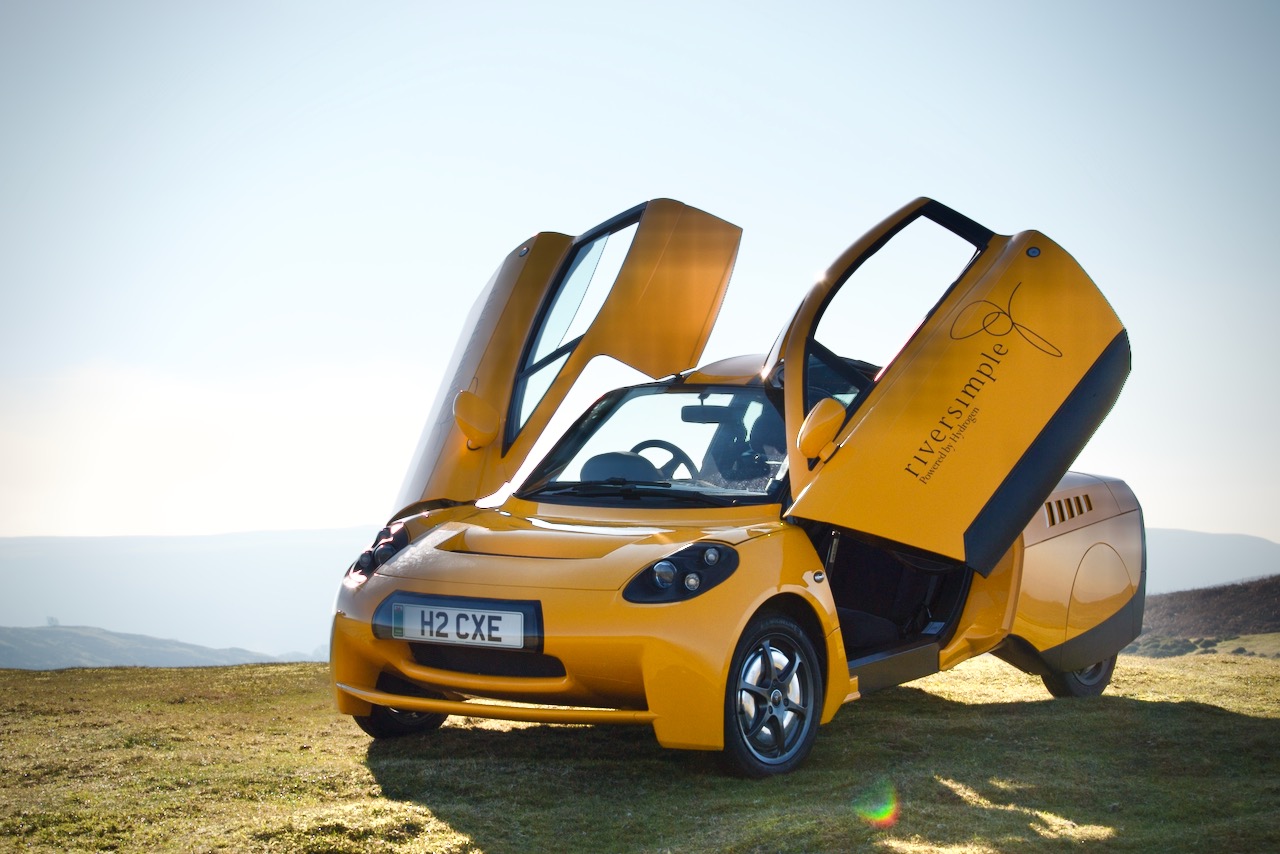According to the International Energy Agency (IEA) transport emissions account for 24% of global air pollution, and as such, have a significant impact on the quality of the air we breathe. With more stringent regulations and advancements in automotive technology, we are seeing a decrease in exhaust pollutants from vehicles. However there is also a lesser known category of emissions that are currently not regulated and according to Emissions Analytics could be up to 1000 times worse than diesel emissions. They are Non Exhaust Emissions (NEE’s). Non exhaust emissions are the pollutants released into the atmosphere from sources other than exhaust pipes. These emissions can come from tyres, brakes and other sources. Tyres are a major source of non-exhaust emissions, as they generate particulate matter which is harmful to both human health and the environment. Brakes also produce non-exhaust emissions in the form of brake dust, which can be a source of air pollution. As a sustainable car company we believe it is vital to raise awareness of non-exhaust emissions and take measures in the design of our vehicles to reduce them and protect our environment.

The single most controllable factor that we can manipulate to manage NEE’s is vehicle weight. It is well documented that the more weight a vehicle has, the more force tyres and brakes are subjected to and the more they wear. Battery electric vehicles tend to weigh far more than the average internal combustion engined vehicle, in fact the battery Smart Car weighs 1160kg, over 25% more than the traditionally powered variant which weighed 805kg when it was released in the early 2000s. Riversimple vehicles are designed from the outset to weigh very little. Our Rasa beta cars weigh just 655kg, thanks to our lightweight vehicle and powertrain architecture. Composites materials allow us to build a car with a lightweight structure. The entire monocoque chassis of the Rasa weights just 70kg. By designing our vehicles to be ultra lightweight we can dramatically reduce our non exhaust emissions. The tyres on the Rasa are just 115mm wide to reduce rolling resistance as much as possible. On traditional vehicles fitting tyres this narrow would negatively affect vehicle dynamics and safety but because the Rasa is so lightweight there are no negative side effects of running narrow tyres.

Braking in Rasa is managed predominantly by our 4 bespoke in-wheel motors, our production vehicles friction brakes will only be used in emergency situations. By not relying on friction brakes for the majority of the time while driving we can almost eliminate brake particulate emissions during normal driving scenarios. The ability to use our motors for most of the braking events is part of a wider regenerative braking system. When the Rasa brakes it recoups kinetic energy and stores it in a bank of very efficient supercapacitors. As a sustainable car company our mission is to “pursue, systematically, the elimination of the environmental impact of personal transport”. Everything we do – the design of the car, the structure of the business, the people we work with – is in pursuit of this goal. A “Whole System Design” approach ensures that every step we take, every investment we make, gets us closer to our end goal.

As a sustainable car company our mission is to “pursue, systematically, the elimination of the environmental impact of personal transport”. Everything we do – the design of the car, the structure of the business, the people we work with – is in pursuit of this goal. A “Whole System Design” approach ensures that every step we take, every investment we make, gets us closer to our end goal.
